![]()
Photographer Camilo José Vergara has created a set of 52 images that pay homage to the victims of the September 11, 2001 Attack on New York City, by looking back at the site over the course of the last 51 years.
The series is being released as the 20th anniversary of the attacks approaches in the coming weeks.
Camilo José Vergara is recognized as one of the nation’s foremost urban documentarians and was honored with a National Humanities Medal by President Barack Obama in 2012 and was named a MacArthur Fellow in 2002. His photographs — which were acquired by the Library of Congress, the J. Paul Getty Museum, and the New Museum of Contemporary Art, among other institutions — have been the subject of numerous exhibitions, books, essays, and lectures.
“Few urban districts in modern history have been more discussed than Lower Manhattan, and the World Trade Center (WTC) has held a prominent place in accounts of the area since it was completed in 1973. Radio Row, a viable neighborhood, had to make way for the Twin Towers, which were widely criticized on both aesthetic and political grounds; many regarded them as soulless behemoths and arrogant symbols of American imperialism. But their destruction brought a kind of horror not previously seen in the United States, and triggered years of wars and political instability in distant countries.
The full series that is on display as part of an exhibition The National Building Museum in Washington, D.C. — which the Museum says is dedicated to those who perished and those who responded to the attack that took place 20 years ago — features 52 total images that look into the half-century that has passed since the original World Trade Center was constructed. Vergara began taking interest in the area in 1970, two years after initial construction began and three years before the twin towers would open.
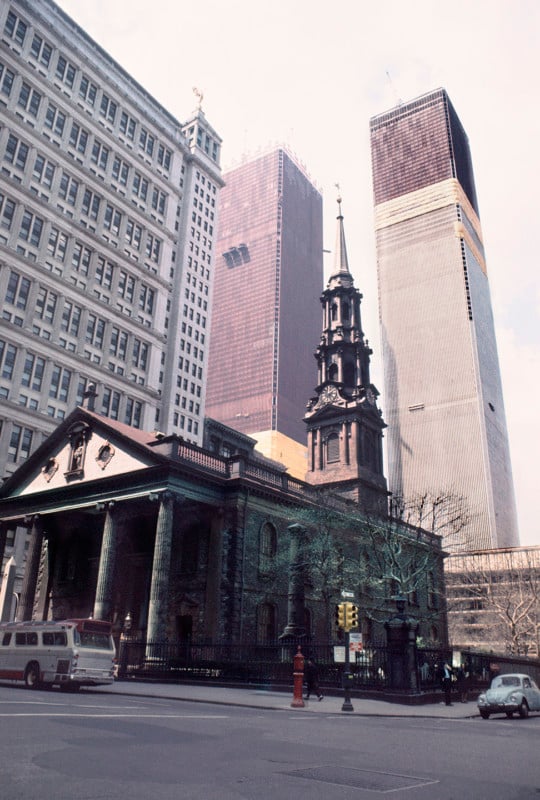
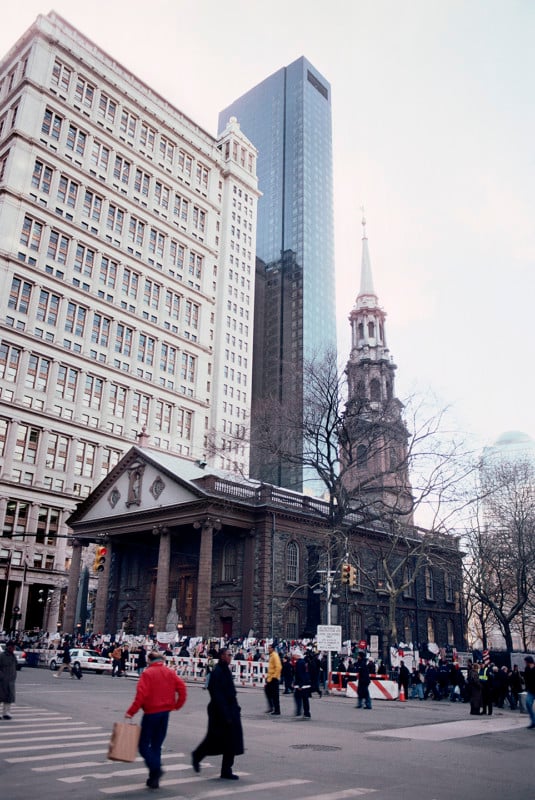
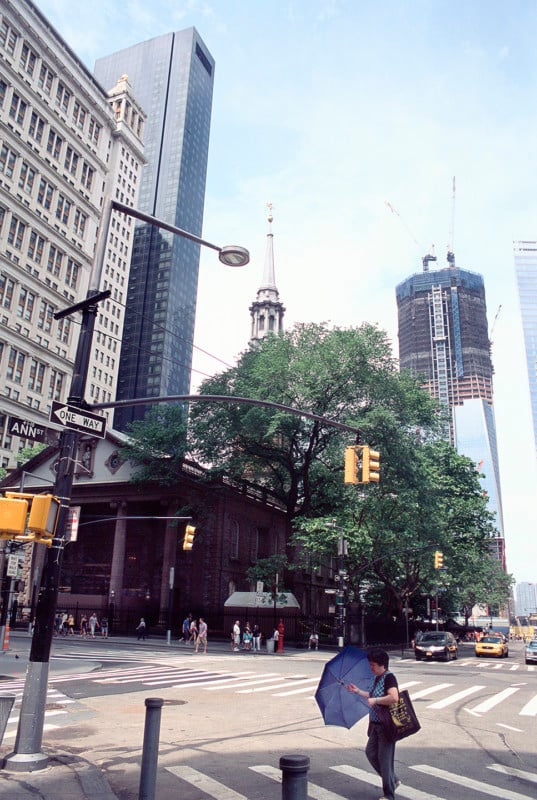
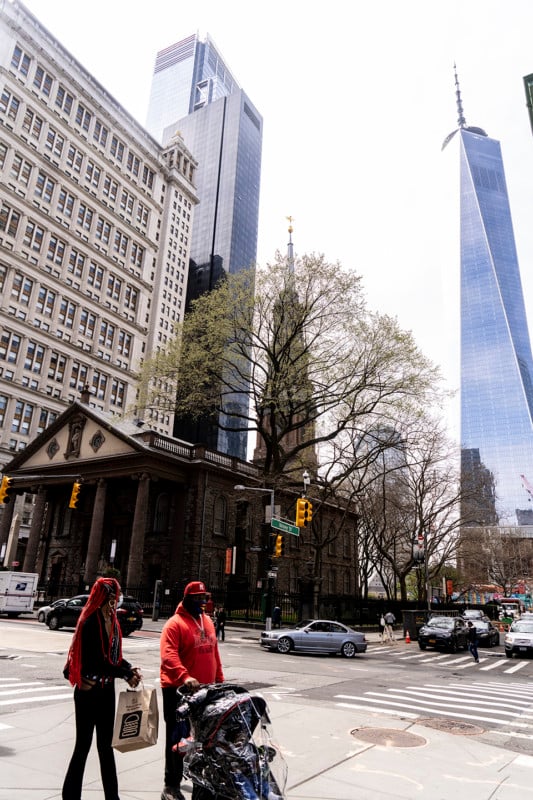
“I closely followed the construction of the towers, watching heavy trucks bring in steel or haul away dirt amid the noise of jackhammers and clanging metal. As they rose to become the tallest buildings in the world, I regarded them as a wild expression of mistaken priorities in a troubled time,” Vergara says.
“More than half a million Americans were fighting in Vietnam, and many parts of New York were crumbling, segregated, poor, and violent. This reality shaped my early encounters with the towers, and I tried to convey my feelings by photographing them with homeless people in the foreground, or in harsh sunlight that turned the buildings into gleaming blades. It seemed impossible that I would outlive them.”
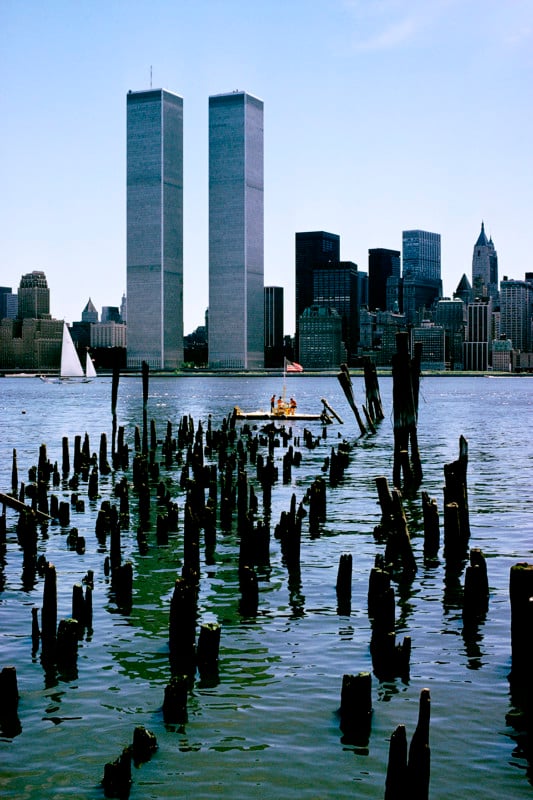
Vergara says that eventually his initial resentment faded, and he began to see them as great human creations.
“As I traveled farther away to photograph the towers from distant boroughs, they seemed to lose their solidity and become mysterious, fantastic, and alluring. I liked seeing them in the background of my photos as they rose above houses, waterways, vegetation, junkyards, expressways, and elevated trains,” he says.
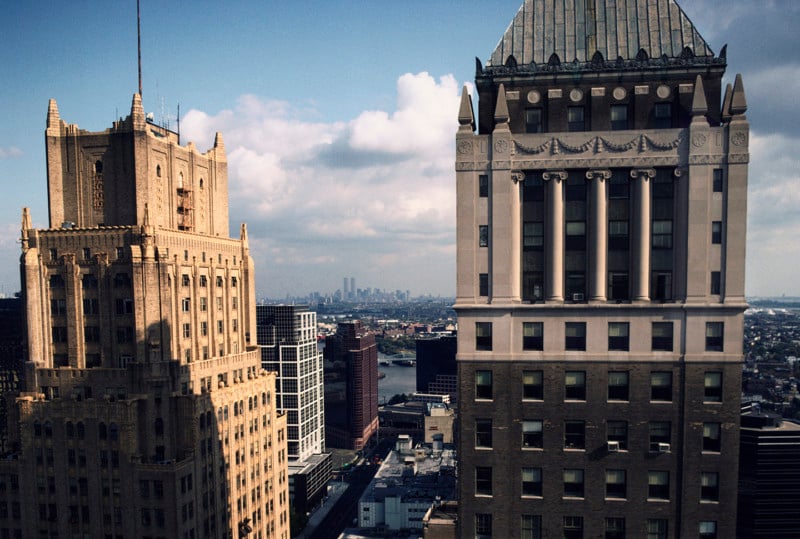
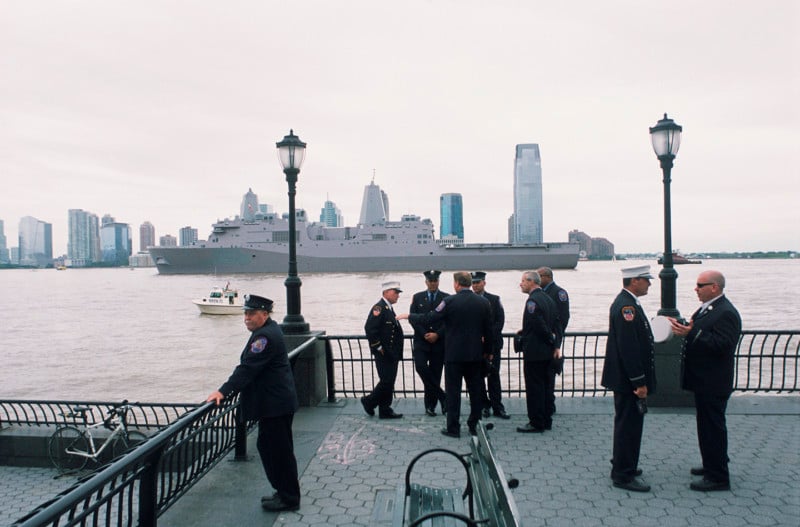
“On September 11, 2001, the WTC area went from being a place symbolizing pride and power to one of smoking rubble and death. There has been much rebuilding and renewal since then, including several landmarks designed by star architects built to the north, east, and south of the land once occupied by the towers.”
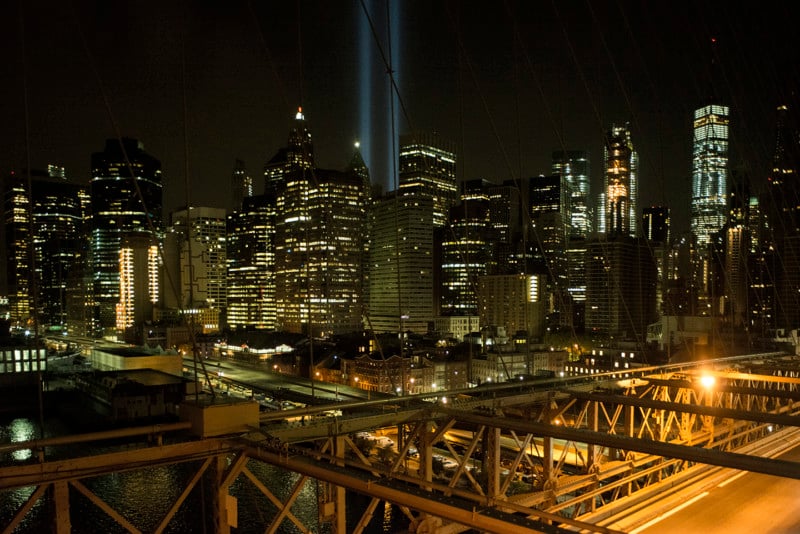
Vergara has photographed not only the area that became the original twin towers but also the rise of the new skyscrapers that were built around the memorial spaces that honor those who died in the attacks.
The National Building Museum says that Vergara’s most recent work captures the effects of the Coronavirus in poor, segregated communities across the New York metropolitan area.
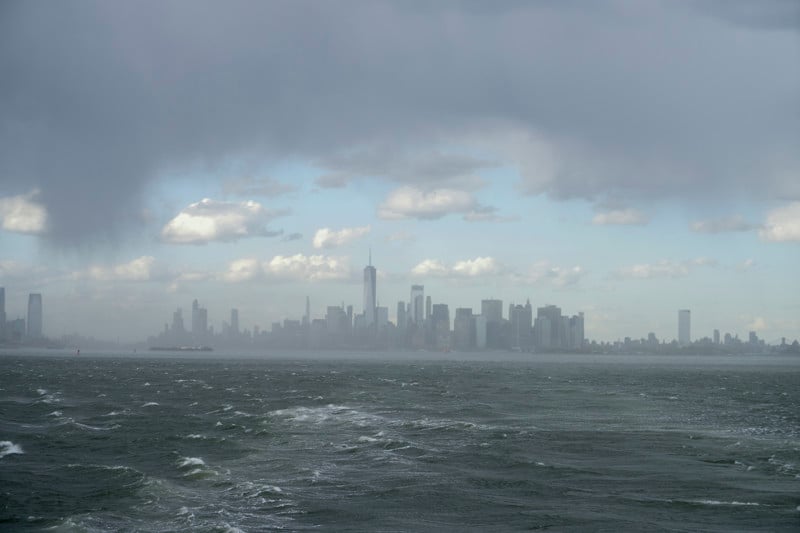
Courtesy National Building Museum, © Camilo José Vergara.
“The tallest, darkest, and most fortified tower, One World Trade Center, stands disconnected from the memorial, the museum and the rest of the complex. Now, many fear that a remote workforce engendered by the pandemic will continue to haunt this largely empty district. And so yet another chapter in the history of the area begins.”
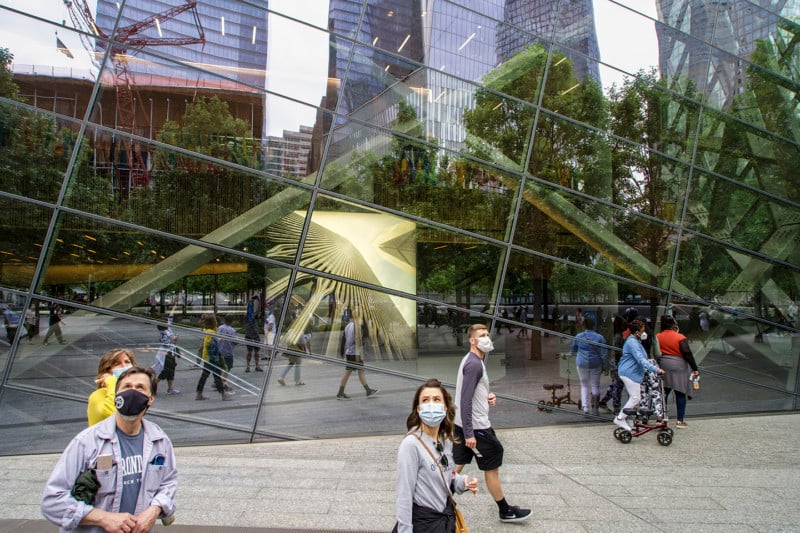
The exhibition which features Vergara’s full collection of images can be seen at the National Building Museum from September 4, 2021, through March 6, 2022.
Header image: View west from the Manhattan Bridge, Brooklyn, New York; November 1979. Courtesy National Building Museum, © Camilo José Vergara
Image credits: Photos by Camilo José Vergara, provided courtesy of the National Building Museum in Washington, D.C.
No comments:
Post a Comment